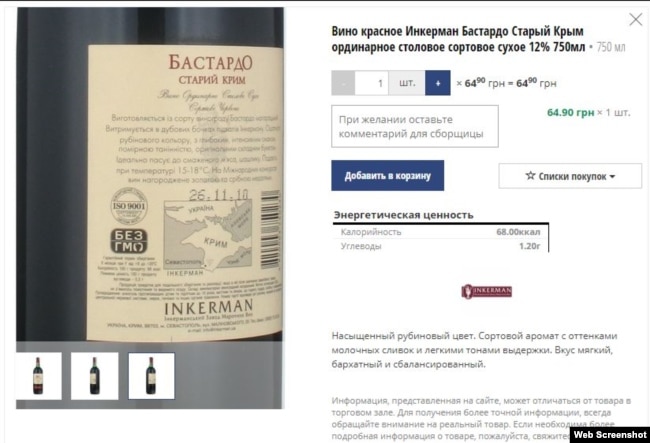They offer labels for every segment of the market: new wines for young, vintage for older, classic for in between, sparkling, dessert and artisanal, in red, white and rose made of all the great varietals and some unusual ones. Somehow, I don't think they are all grown in Ukraine. But if we can grow grapes in Ireland, the steppes of Ukraine could certainly make some room for vineyards among the fields of grain, poppies and sunflowers.
In 2003 the trademark INKERMAN was registered. In 2011, Inkerman International AB, a holding company with headquarters in Stockholm, was established. In 2014, LLC INKERMAN UKRAINE was established as a subsidiary of Inkerman International AB. For almost five years after the EU adopted Crimea sanctions, his companies were all controlled by the same Swedish company. Shamotiy's Inkerman International AB is currently formally owned by three companies based in Cyprus, Finland, and Hong Kong, respectively. Inkerman Vintage Wines Factory Ltd was spun off in October 2019 in a sale to a St Petersburg-based company called Optima JSC. Inkerman International wines are now allegedly bottled in Sevastopol, Crimea for the Russian market and in Nova Kakhovka and Odessa, Ukraine for the Ukrainian market.
A similar split into Ukrainian and Russian-oriented branches have been launched by other companies avoiding the scrutiny related to sanctions.
According to Trip Advisor, there are at least six other wineries in Ukraine. And how was Inkerman spelled in Cyrillic before Sweden, or was it? Инкерман? It's certainly not a Ukrainian name. There's plenty of shenanigans and intrigue, but how is the wine?
















